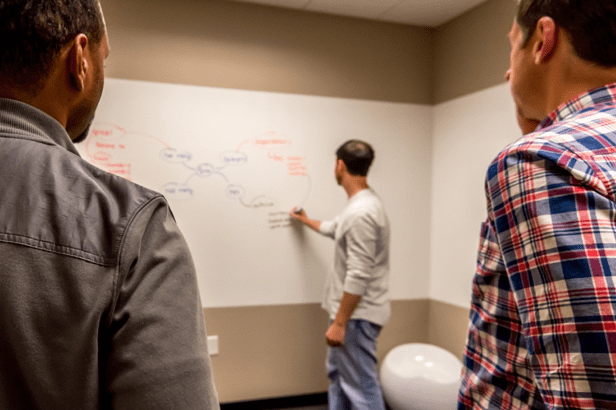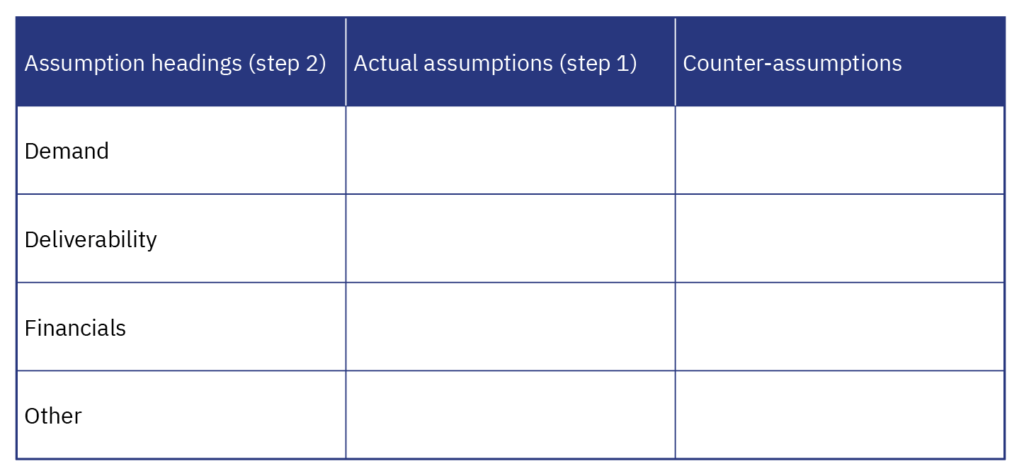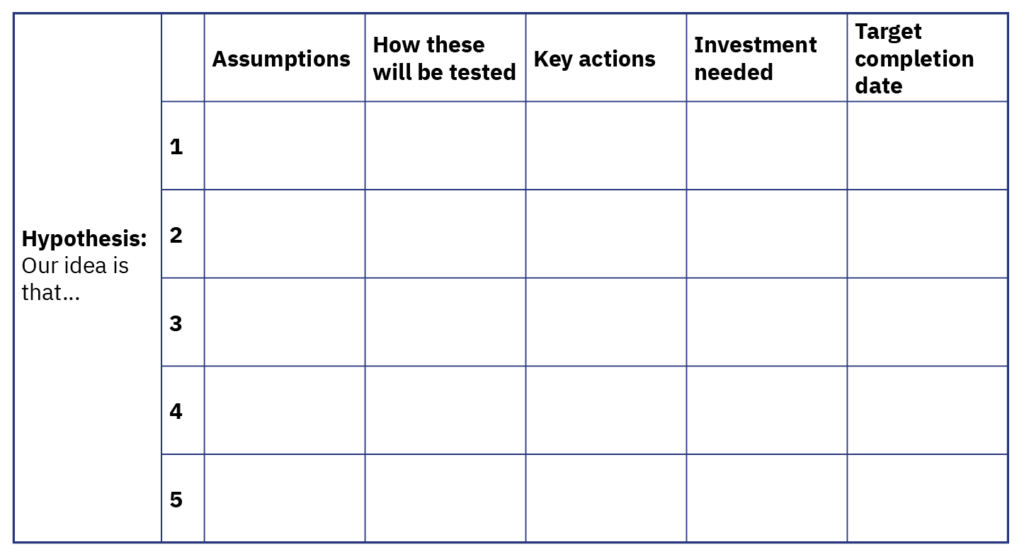Posted in Blog, Create, Grow, Lead by Jo North
Creative facilitation techniques for validating business ideas
Validating business ideas is an important part of the innovation sprint process, and it’s well worth building time into your agenda to do this after your idea selection and development phases.
Here are some great facilitation activities that you can use to help your delegates with validating their business ideas, whether it’s something big like a successful start up, a brand new business model, enhancements to existing products and services, determining a price point or launching a new sales landing page.

What’s the difference between an idea and a great idea?
An idea happens when thoughts come together for the first time to create a new thought – or idea. Of course, some ideas – the great ones – have more commercial and practical potential than others. Validating business ideas in a structured way helps teams to make better decisions, by surfacing assumptions and adding structure and challenge to reduce over-reliance on emotions and inconscious bias.
Why is it important to know the difference between an idea and a great idea?
Premature evaluation kills creativity, but it also can kill effective commercialisation when ideas that haven’t been tested are implemented.
Validating business ideas for genuine potential
When you’re facilitating an innovation sprint, your delegates need evidence that their ideas have genuine potential before they execute them, however great those ideas might seem in theory. They need to validate that there is a genuinely addressable market, that there is a gap in that market and that potential customers in the target market will be attracted to the idea. In addition, they need to validate that the business idea will be deliverable in practice.
It’s likely that a great deal of the business idea validation will need to happen outside the environment of your facilitated sessions, of course, but if you consider building some idea validation into your innovation agenda it’s a great way of helping them to take the first step and get a head start.
Premature evaluation kills creativity, but it also can kill effective commercialisation when ideas that haven’t been tested are implemented. Share on X
What do we mean by “idea validation”?
Idea validation is the process of testing an idea prior to investing heavily on research and development and progressing through to launch. It falls into the idea development phase of the innovation process and is an extension of the point of view statement in design thinking methodology, coming just before prototyping.The purpose of idea validation is to test assumptions behind an idea before progressing to invest in the next steps of deeper market research and analysis or creating a Minimal Viable Product (MVP) prototype.
Idea testing has the benefits of:
- Saving time and money.
- Gaining clarity before more robust prototyping and market testing activities to ensure you get genuinely useful and insightful feedback from them.
Humans and decision-making
There is plentiful evidence that we humans usually base our decisions on emotion, heuristics and unconscious bias. Real people are rarely the cool, objective, rational decision-makers that we would like to think we are. To learn more about this, have a look at my article, The Elephant and the Rider, here.
Using the activities in this article will help the group to shape a forward business plan that’s more evidence-based.
Creative facilitation process for idea testing
Our beliefs about whether or not an idea will be successful is driven by our underlying beliefs and assumptions. Sometimes these beliefs and assumptions are subconscious – we haven’t even considered what they are and the reasons why we think an idea might or might work not even obviously apparent to us.
Using activities that surface these assumptions and beliefs is a great starting point for idea validation. By helping delegates to identify what they are, they can then be tested.
Here’s my tried-and-tested, highly effective creative facilitation processes designed for the idea validation phase of an event. The key steps are:
- Defining the idea hypothesis
- Assumption surfacing
- Impact and probability mapping
- Sticking dot voting
- Designing trials
I will walk you through each stage below.
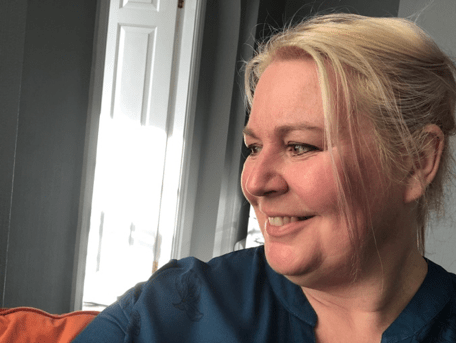
Hypotheses and Idea Testing
I found the process of defining hypotheses for my ideas so that I could test them invaluable – and very necessary – when I worked on my PhD research.
A hypothesis is simply ‘a supposition or proposed explanation made on the basis of limited evidence as a starting point for further investigation’.
The key features of a well-written, strong hypothesis are that it needs to be:
- An informed view about what delegates think will actually happen.
- Written in clear, straightforward language.
- Testable
Turning business ideas into hypothesis statements is a fantastic way of testing them.
Where an idea has lots of different components, a separate hypothesis is needed for each one. Make sure your delegates create a specific hypothesis statement relating to each main part of the idea.
Business ideas usually succeed or fail based on the assumptions made about demand, deliverability and / or financials, so I include these purposefully when I work on idea validation with delegates. I strongly recommend that you ask your delegates to create at least one hypothesis statement for each of the demand, deliverability and financial components of their idea for this reason.
Turning business ideas into hypothesis statements is a fantastic way of testing them. Share on X
Defining the Idea Hypothesis
Brief your delegates step-by-step as follows:
1. Explain what a hypothesis is and why it’s useful in idea testing.
2. Ask delegates to create hypothesis statements to test the demand, deliverability and financial aspects of their idea. Explain that they need to write each hypothesis as a concise, clear statement and can write more than one statement for each of the three areas. Every hypothesis statement needs to focus only on one thing.
3. Explain that they will use the phrase ‘Our idea is that…” at the beginning of each statement, and that they should complete that phrase as many times as they can for each for the demand, deliverability and financial aspects of their idea.
Examples for idea hypothesis themes
Here is an example for each of the themes.
Demand. Our idea is that…
… there is a significant gap in the xyz market for our potential new product abc.
…customers buying product xxx also have a need for our potential new product abc.
…our potential new product abc will allow us to sell more to our existing customers x, y and z.
Deliverability. Our idea is that…
… we can produce our potential new product abc much more cheaply than the competition.
…we can despatch our potential new product abc within 24 hours of a customer order being received.
…we can integrate technologies and x and y to enhance our potential new product abc.
Financials. Our idea is that…
… we can save $x in the manufacture of potential new product abc by doing xxxx.
…we can improve margins by adding a service deal to potential new product abc.
…we will get a return of $x in x years / months from new potential product abc.
It doesn’t matter of some of the hypothesis statements could fit into more than one of the prompt headings demand, deliverability and financial. The purpose of the headings is to provoke thought and shape the hypotheses.
4. Once they have completed steps 1-3 above, ask delegates to prioritise and highlight the most important ‘Our idea is that…’ hypothesis statements for further work.
Collectively talk through the hypothesis statements, then move onto the assumption surfacing stage, described below.
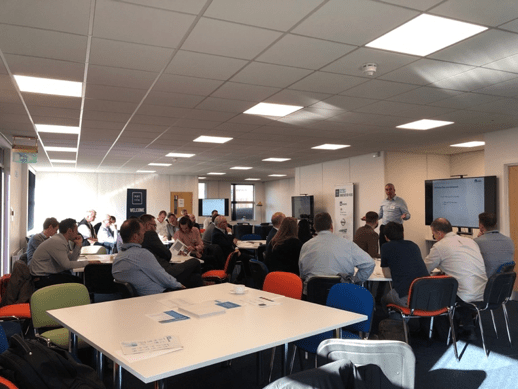
Assumption Surfacing Technique – adapted from Mason and Mitroff
Assumption surfacing is an effective technique to use for getting delegates to identify and share the beliefs and assumptions they have about the potential for an idea to be successful. Delegates may then consider if evidence is or could be available support those assumptions to explore the robustness of the idea.
The process for this assumption surfacing technique is inspired by Mason and Mitroff’s original approach, but I have adapted it somewhat to make it even more specifically useful for idea testing.
Here’s how to run the activity with your delegates.
Use a big grid like this on the wall, whiteboard, smartboard or flipchart paper, and ask delegates to work through it step-by-step per the steps 1-3 below.
- Once delegates have selected the idea that they feel is the most appropriate to develop, ask them to list all the reasons why they feel that this is the best choice based on these four headings:
- Demand: user or customer needs and aspirations
- Deliverability: the business’ capability to make the idea happen
- Financials: the likely costs and potential revenues and / or savings and efficiencies stack up.
- Other: to catch any other important assumptions that might not be captured by the other three headings.
- Next, ask delegates to write a counter-assumption alongside each of their actual assumptions. A counter-assumption an opposing or alternative argument to the actual assumption.
- The next stage is for delegates to work down the list and delete any assumption / counter-assumption pairs where it would make little difference to their idea selection whether the assumption or the counter-assumption were actually the case.
Impact and probability Mapping Technique
Analysis of the impact and probability of potential risks and opportunity is an important part of validating business ideas. Ask delegates to assess each of the assumptions that still remain from the previous Assumption Surfacing activity, treating each as a risk or opportunity. They should populate the matrix below, placing each of their assumptions in the appropriate section of the matrix.
Ideally, you’ll then ask your delegates to consider and write in how they would mitigate (or reduce) the impact and / or probability of each of the risks, and maximize the impact and / or probability of the opportunities. They’ll reclassify the assumptions on the matrix as appropriate.
Delegates will then review the contents of the matrix they have just completed for validating their business ideas. and summarize their overall insights about the idea in a visual – such as a poster. You could then move on to sticky dot voting.
Sticky dot voting
This is a quick, widely used voting method. Once all the summarised ideas are on display give each group member a number of sticky dots (for example 5 each) to ‘vote’ for their favourite solution or preferred option. The number of sticky dots can vary according to what you think will work.
Give everyone a few minutes of quiet review planning time so that they can privately work out their distribution of votes.
Delegates may distribute their votes as they wish, for example: 2 or 3 on one idea, one each on a couple of others, all on one idea or one each on a whole series of ideas.
To minimise the risk of people being influenced by one another’s votes, no votes are placed until everyone is ready. When everyone is finished deciding, they go up to the display and place their votes by sticking dots beside the items of their choice.
As facilitator, lead a discussion on the vote pattern, and help the group to translate it into a shortlist.
The next step is for delegates to list specific aspects that need further testing and move onto the trial stage.
Designing trials for validating business ideas
If time and the agenda allow, it’s really useful to design the trials for validating business ideas from the previous stage whilst delegates are still all together. These trial designs create tangible actions to progress once your event has ended, maintaining momentum with the project.
Hand out a trial canvas outline below for delegates to work through and complete.
The designing trials stage can also be used to design the specification for validating business ideas by creating a Minimum Viable Product (MVP) prototype.
Next steps
I hope that this has given you some ideas for your own events in the future. If you’d like any tips, ideas or advice, do feel free to contact us.
We also provide exceptional Creative Facilitation courses and programmes. If you’d like more information to help you run your own events, download my free DIY Away Day toolkit. It’s a great resource and contains an agenda, instructions for all the creative techniques I suggest plus my top tips for successful facilitation.



